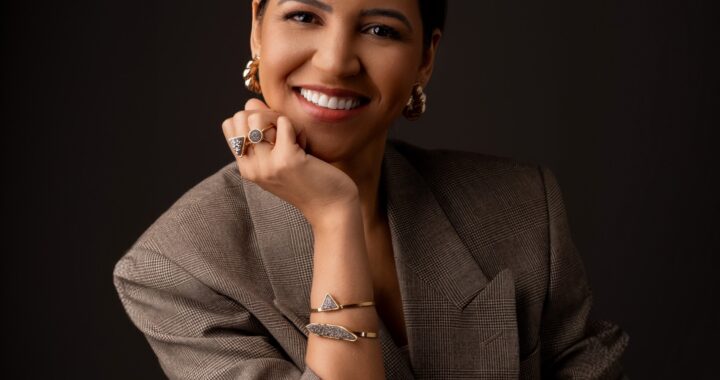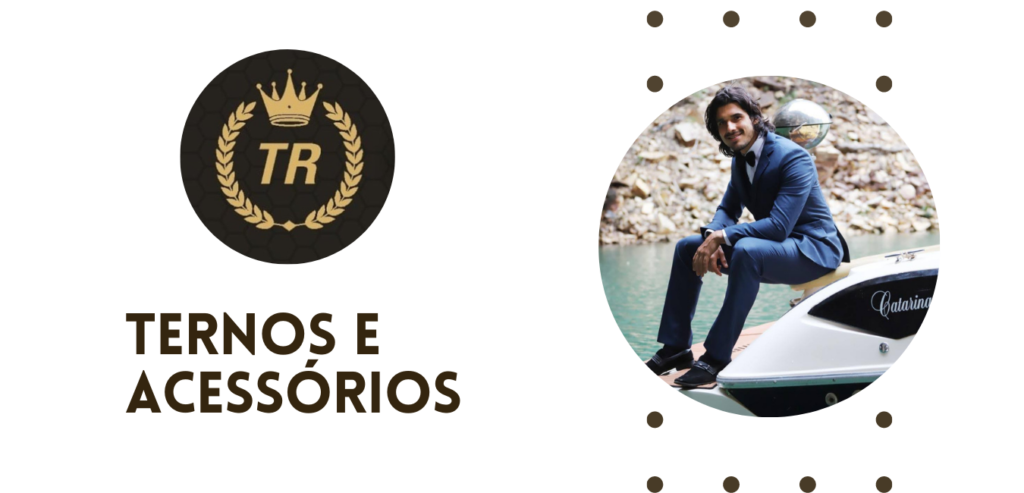European individuals have a ripped jawline, huge cheekbones, and almond-shaped eyes. They also have poteau skin tones and short-hair that may be frizzy.
Within European countries, geographic variance in faces is available due to migration patterns and serial founder effects1. However , hereditary methods for talking about facial origins can be confounded by this sort of differences1. Consequently, anthropological research use opinion faces as a phenotype-based alternative2..

1 . Eyes
A European’s your-eyes a big a part of their unique appear. They normally are blue, green, or greyish and come in a variety of colours. The irises also have a band of brownish pigment throughout the pupils, varying out of wide to narrow.
Scientists have believed that extreme sexual variety drove the evolution of American eye color. Although other factors may be by play, including genetic wander, founder effects, and relaxation of natural variety.
1 interesting finding is that the color of the person’s eye relates to all their personality. For example , shyness can be more usual in people with blue sight. The reason can be unclear, but it could be that estrogen in the tummy helps to feminize the face and so make blue eyes even more noticeable.
2 . Locks
Europeans have an exceptional color structure: Their hair can be brown, flaxen, gold colored, or reddish and their eyes blue, grey, hazel, or perhaps green. Their particular skin is normally pale, almost white. Their looks have substantial cheekbones and extensive mouths.
These features are different from the rest of the planets, but they manage to have adapted for specific evolutionary factors. In the case of attention and hair color, intense sexual assortment seems to have recently been the driving force.
That’s not to say other factors can’t currently have contributed, https://themarketbride.com/mail-order-bride-countries/czech/ but it is certainly unlikely that random innate drift, creator effects, and relaxation of pure selection may produce this sort of a wide array of shades in the thirty-five, 000 years that human beings have inhabited Europe. Likewise, it’s less likely that these genes have become diversified in several other masse by identical means.

3. Human body
Since ancient times, physical barriers contain prevented accidental mating and led to phenotypic differences among historically separated populations. This has been especially evident in Europe, https://www.goodmorningamerica.com/living/story/paralyzed-man-exoskeleton-suit-knee-propose-girlfriend-78880990 which includes genetically divergent populations inside close geographic regions because of migration habits and serial inventor effects2.
As a result, persons from Southern European countries look different from many from North Europe. Mediterranean people, for example , tend to have a darker skin tone and red hair. The ones from Northern Europe will be brighter and have golden-haired hair.
These variances are also mirrored in the face shape of Europeans. For example, research workers found which a larger nose area is more common in more comfortable areas since this allows damp air to get cooled and condensed, whilst a less wide and short nose much more common in colder locations, because it can be useful for warming the dry air2. Interestingly, this kind of change was entirely described by consensus hearts, which means that face features appear to reflect ancestral roots on a population level.
4. Feet
The lower limbs of european people are toned and extended. Their feet are large and round with a healthy skin tone that is pale being used tanned. There is also a fair amount of purple hair.
This kind of body type is usually well-suited to loping along across the moving landscape of Europe, which was completely different from the start savanna where Neanderthals hunted. Moreover, shorter lower legs are better for rising up slopes than longer types.
Besides these characteristics, europeans contain small and crisper chins with a wider mouth area than designed europeans. Next to your skin a scaled-down forehead and more compact ears than their west alternative. This confront shape is normally referred to as Noric race by anthropologists. It is a subtype of the Dinaric race that may be more Nordic in appearance.
5. Ear
The ears are an important part of the human face and are known to share a person’s emotional express. They are also interested in balance, which allows a person to appreciate the effects of gravity and activity.
Ear canal shape may differ between populations, which complicates the application of facial data in hereditary association research. This variant might be due to geographic variations in selection stresses or perhaps environmental affects.
The authors have shown that the ear shape of european persons is quite changing and unique/individual. This variability in morphological characteristics may enhance anthropological knowledge along with help in the forensic exams with headsets images which are used pertaining to identification techniques. In fact , ear canal morphological versions may contribute to the forensic identity of a think from CCD footage of crime moments.

 Dra. Aline Sara Miotti: Dedicação à Medicina e à Família.
Dra. Aline Sara Miotti: Dedicação à Medicina e à Família.  Odontonew: Cuidando do Sorriso dos Pequenos com Carinho e Dedicação.
Odontonew: Cuidando do Sorriso dos Pequenos com Carinho e Dedicação.  Belo Viver Clínica: Transformando Vidas com Medicina Integrativa.
Belo Viver Clínica: Transformando Vidas com Medicina Integrativa.  Transformando Sorrisos e Vida com Empatia e Excelência na Odontologia.
Transformando Sorrisos e Vida com Empatia e Excelência na Odontologia.  Saúde e Bem-Estar: Uma Jornada de Transformação.
Saúde e Bem-Estar: Uma Jornada de Transformação. 


